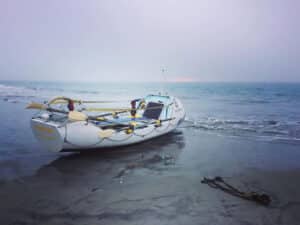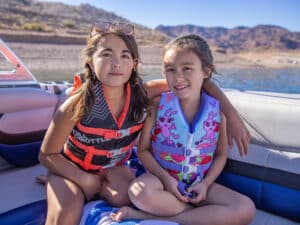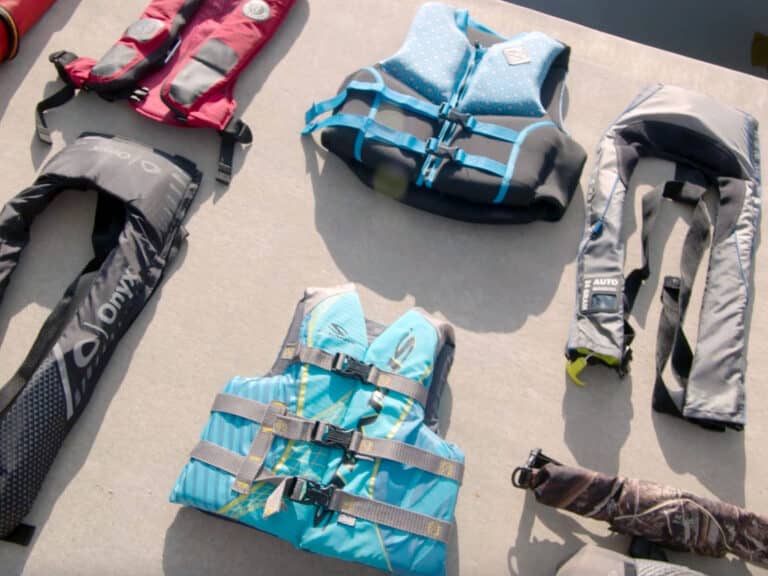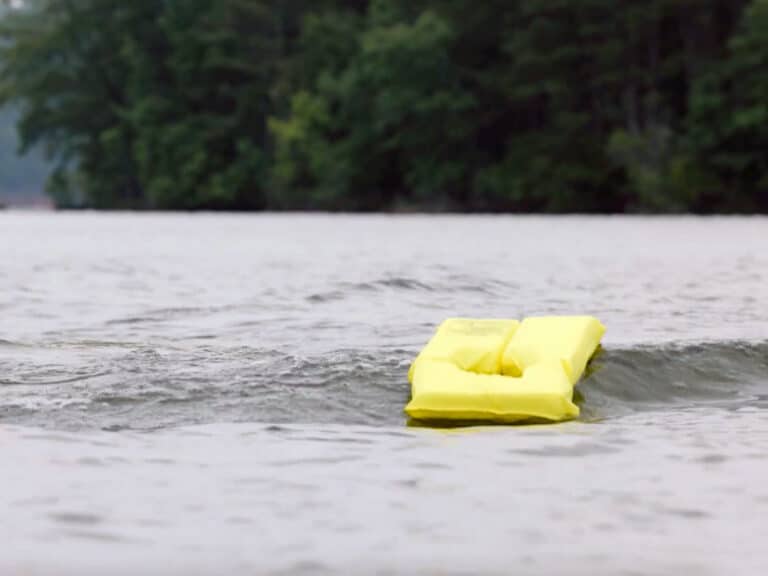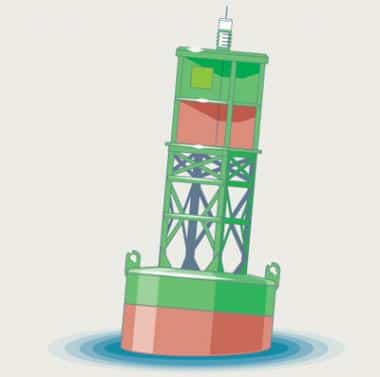
What It’s Called: Preferred Channel Marker
Where You’ll Find It: Where a channel splits in two or converges with another channel, or over an obstruction.
What It Tells You: The top color band indicates the preferred channel. For instance, returning from seaward, a green top band indicates preferred channel to starboard. Preferred usually means the channel with more consistent depths but sometimes means just the more direct route.
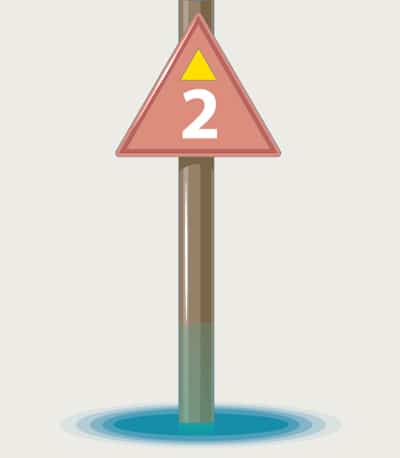
What It’s Called: Dual-Purpose Aid
Where You’ll Find It: In the Intracoastal Waterway between Texas and New Jersey at junctions with other bodies of water.
What It Tells You: To stay in the ICW, disregard the color of the marker or buoy and pay heed to the yellow symbols emblazoned on the buoy. A triangle indicates passing to starboard when heading south and west; a square indicates passing to port. The opposite is true when heading north and east.
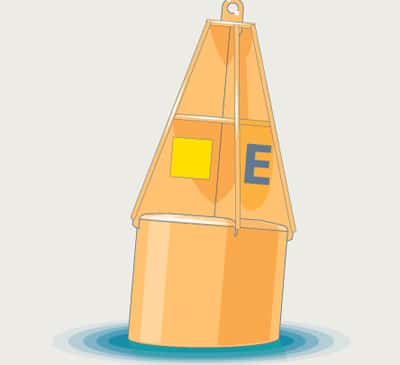
What It’s Called: Special-Purpose Mark
Where You’ll Find It: Over or near temporary obstructions or hazards, such as fishing nets, dredging limits, anchorages, etc.
What It Tells You: Proceed and approach with caution. While an examination of the overall scene will often reveal the specific reason for the mark’s placement, checking the chart or a cruising guide or hailing a local boat on the VHF to confirm the circumstances is good procedure.
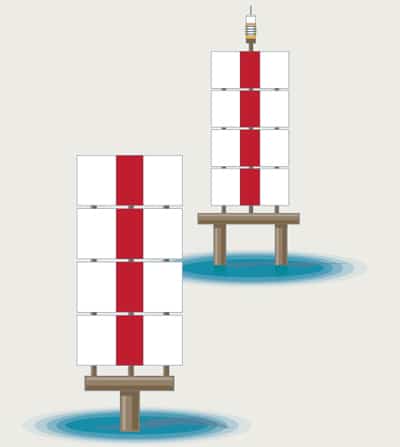
What It’s Called: Range Markers
Where You’ll Find It: In busy commercial harbors.
What It Tells You: By positioning his boat so that the pattern or lights of the two range markers line up, the skipper is assured of being in the center of the channel.
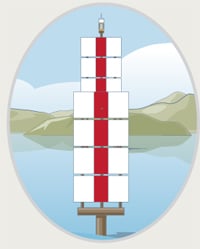
The U.S. Coast Guard is asking all boat owners and operators to help reduce fatalities, injuries, property damage, and associated healthcare costs related to recreational boating accidents by taking personal responsibility for their own safety and the safety of their passengers. Essential steps include: wearing a life jacket at all times and requiring passengers to do the same; never boating under the influence (BUI); successfully completing a boating safety course; and getting a Vessel Safety Check (VSC) annually from local U.S. Coast Guard Auxiliary, United States Power Squadrons(r), or your state boating agency’s Vessel Examiners. The U.S. Coast Guard reminds all boaters to “Boat Responsibly!” For more tips on boating safety, visit www.uscgboating.org.



